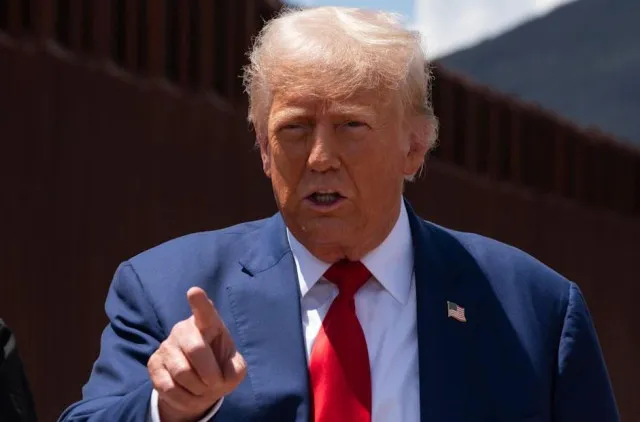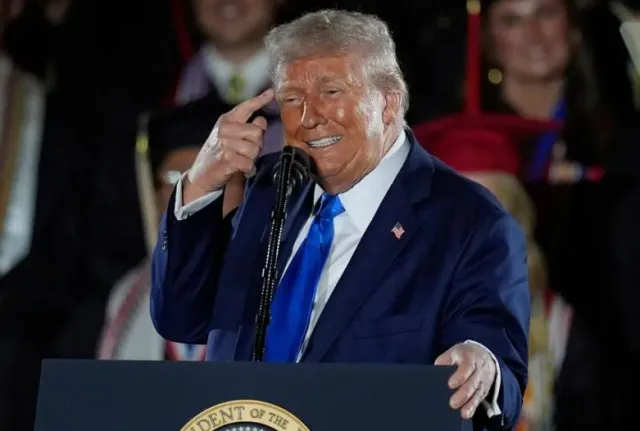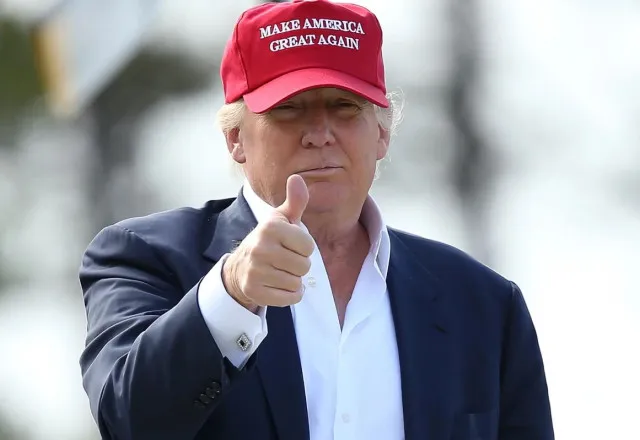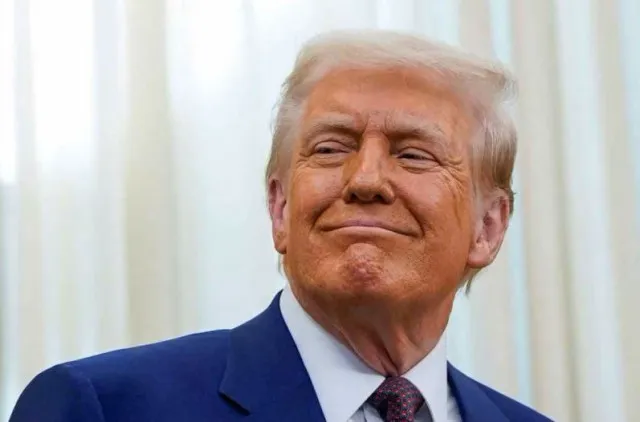Donald Trump’s former advisor reveals three ways Donald Trump could run for a third term as president.
Can Donal Trump bypass constitutional limits?
Despite the U.S. Constitution prohibiting a third presidential term, Donald Trump is exploring ways to return to office for a third time. Ideas on how to achieve this have begun circulating.
The release of “Trump 2028” merchandise has fueled speculation.

Former advisor Steve Bannon stated the team is seriously considering “many different alternatives” to overcome legal barriers.
Law professor Danny Karon outlined three possible methods Trump could use to challenge the 22nd Amendment. However, the idea of a third term remains highly controversial.
Steve Bannon warns Trump could find a way to bypass the constitution
Bannon expressed confidence that Trump would find a way around constitutional limits.
Additionally, he believes Trump “will be eligible and will run again” in the coming years.
He shared his thoughts on the Apocalypse Now? podcast, hinting at the possibility of Trump becoming president again by January 2029.
“Many different alternatives” are being considered, he added.

Bannon emphasized that Trump’s path to a third term is not ruled out, despite the constitutional barrier. “We will roll those alternatives out over time,” he stated.
Method One: The Vance Presidency – Trump as vice president to bypass term limits
According to Karon, one option for Trump to run for a third term involves JD Vance running for president with Trump as vice president.
Vance would then resign, making Trump president.
He said: “They’re both elected, then Vance resigns and Trump becomes president, and then he chooses JD Vance to become vice [president]. They just flip roles.”
The scenario suggests that both Trump and Vance would be elected, but Vance would resign shortly after, triggering a swap.

While, Trump would become president, and Vance would be vice president.
However, this approach faces significant legal challenges.
The 12th Amendment bars anyone ineligible for the presidency from becoming vice president, creating a constitutional hurdle.
Karon notes that the 12th Amendment does not directly address the two-term limit set by the 22nd Amendment. In this unusual scenario, the courts would likely need to determine its validity.
Method two: Selected, not elected – A backdoor route to the presidency
Another possibility Karon proposes is that Trump could be “selected, not elected” to the presidency, bypassing the need for an election.
This method would avoid the 22nd Amendment’s restrictions.
In this scenario, Trump would not run for office or even for vice president.
Instead, he would assume the presidency after JD Vance resigns, becoming president without an election.
However, this route would likely involve intense legal battles and Supreme Court intervention.
Additionally, Karon expresses concern about the current state of the courts, making this path highly uncertain.

The practical feasibility of this method remains unclear, with Karon warning that it may cause significant political and legal chaos if pursued.
Method Three: Constitutional amendment – Changing the law to allow a third ter
The most straightforward method, though difficult, would be to amend the U.S. Constitution itself. Trump could push for the repeal of the 22nd Amendment, which limits presidents to two terms.
He explained: “What’s interesting to observe is that the 12th Amendment was written long before the 22nd Amendment’s two term limit, and probably in context, refers to the minimum age requirement for eligibility, 35 years old citizenship, naturally born citizen.
“Those were the elements necessary for eligibility back then. So maybe we’re not talking about the same thing”.
He added: “Trump could seek a change to the US Constitution’s ban on the third presidential term,” Karon explains. “Remember, it derives from the Constitution, obviously, the 22nd Amendment to the Constitution”.
Changing the constitution requires approval from two-thirds of Congress or two-thirds of state legislatures
However, Karon points out that Trump currently lacks the political support to succeed in this endeavor.
Despite the theoretical possibility, Karon deems it an impractical strategy.
The necessary political alignment in both Congress and the states is unlikely to materialize, making this option highly improbable.